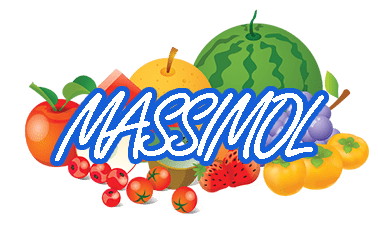369 utenti della rete avevano questa curiosità: Spiegami How do companies create flavours like fruits,coffee etc without using actual fruit or coffee?
Spiegami How do companies create flavours like fruits,coffee etc without using actual fruit or coffee?
Ed ecco le risposte:
All flavors come from different molecules interacting with your senses of taste and smell. Food scientists figure out which molecules create which flavors, then either extract or synthesize those molecules. Then they can be added to anything to create the desired flavor combination.
These are called “esters”. They are chemicals that artificially replicate certain tastes and smells.
If you’ve ever had a banana flavored candy, that was an ester. Most natural fruit juice is way too weak in taste to be used in flavoring, so if you’ve ever had strawberry chewing gum that claims to be made with “real fruit juice”, it’s a few drops of juice and a ton of esters.
The basic process is that a company picks a target (let’s say mango), then they look at the chemicals in a bunch of mangoes, and try to figure out what chemicals taste and smell like mango. There are usually hundreds, but two or three of them do a lot of the work. Then they look at those primary chemicals and try and figure out how to make them in a lab. Maybe it’s by combining other chemicals to make new chemicals, or maybe it’s by finding microbes that do the work for us.
My stepfather is a chemist and produces a lot of E number chemicals, like sweeteners, flavourings etc including MSG.
From what I’ve learned over the years of talking to him, most of the flavourings are created in a similar way to yoghurt. You take a natural product like tomato, soy, mushroom, leaves of a specific plant etc and you introduce a bacteria culture to it, the bacteria culture “eats” the product and creates a bi-product which is either refined or used in further fermentations to produce chemicals which coincidentally have certain properties which people are willing to pay for. Either they colour a food, flavour a food, thicken a food, preserve a food, or any of the other additive qualities people look for.
He produces his MSG at almost zero cost, because he extracts a certain chemical from mushrooms and garlic used as a supplement for race horses and is left with a lot of bio waste. So he worked out if he added a certain bacteria culture, he could produce MSG for free since the bacteria stays alive so long as you feed it regularly.
Flavourings can also occur naturally in a similar way within a plant or in nature where a chemical reaction takes place without human interaction, so certain animal glands can be harvested for dyes or certain insects can be used for flavourings.
If you want a primitive, non industrial version of what my stepfather does, look up how people used to and still produce “royal blue” dye by fermenting shellfish.
Tons of testing and chemical engineering. Every taste/smell compound is a complex mix of many chemicals. The goal is to isolate each one, replicate them, and then mix the fake ingredients to make a copy. Sometimes it only takes a couple of chemicals to make a close enough match. In high school chemistry we made artificial grape and banana flavors. The lab smelled so good that day.

